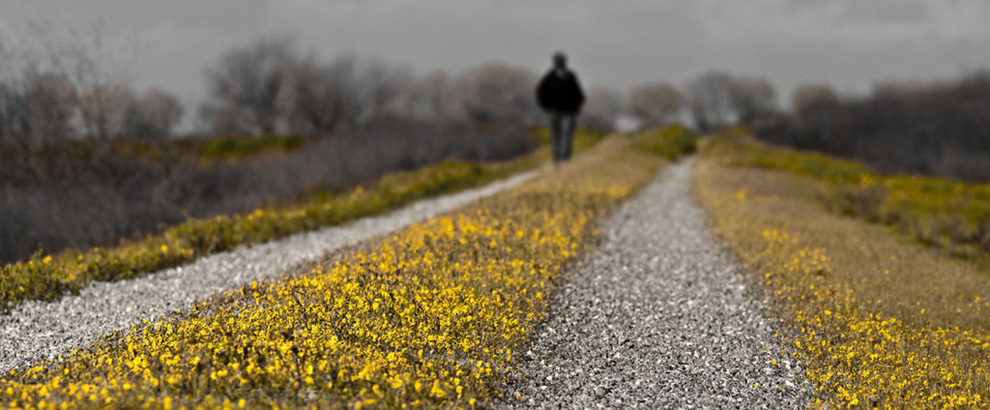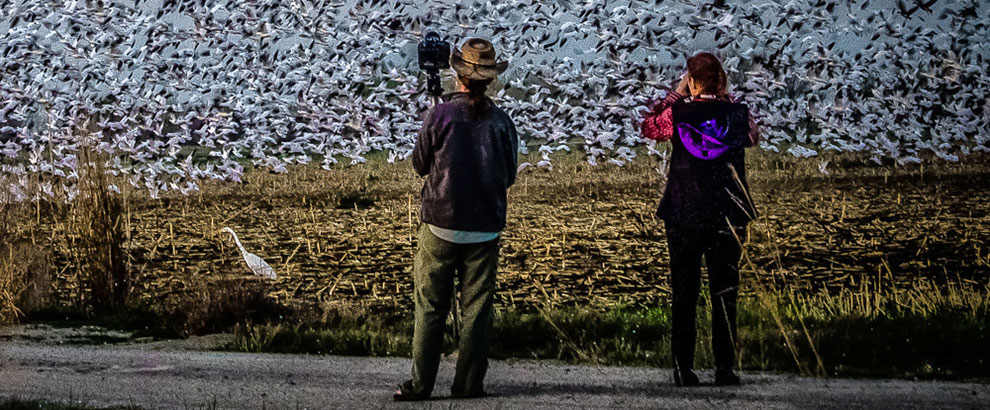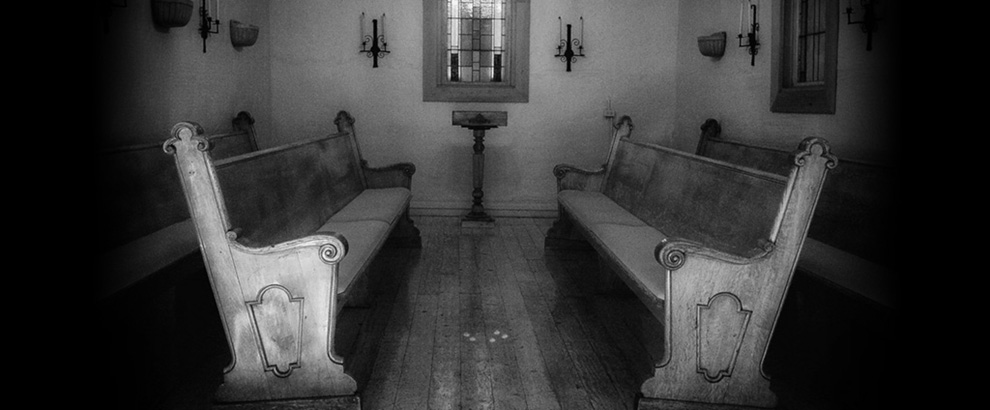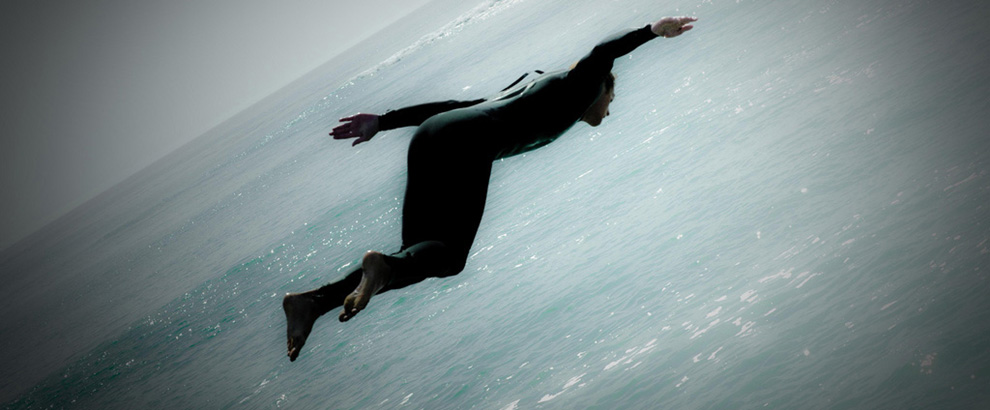
Almost all music makes us want to move at least a little bit, and some inspires a nearly universal impulse to get up and shake every last cell of The Body Electric, as Walt Whitman “sang” about in the long ago. But when consummate pros like Fred Astaire and Ginger Rogers are on hand, we are all better to take a seat and settle for tapping our toes and breaking into broad grins as their dazzling skills are brought to bear.
And that is exactly the case with our newest “Brilliant Song” in this series, the now 86-year-old classic, “I Won’t Dance.”
The song became an enduring hit in the 1935 film, “Roberta,” starring the aforementioned duo of Astaire and Rogers along with the under-appreciated singer and (mostly) comic actress Irene Dunne and leading man hunk, Randolph Scott. It had been a Broadway musical of the same name two years earlier
“I Won’t Dance” has a slightly complicated history, though, having bee...
Read More











Recent Comments